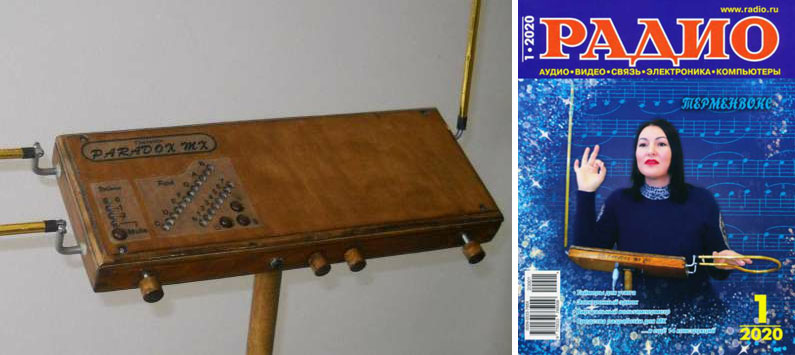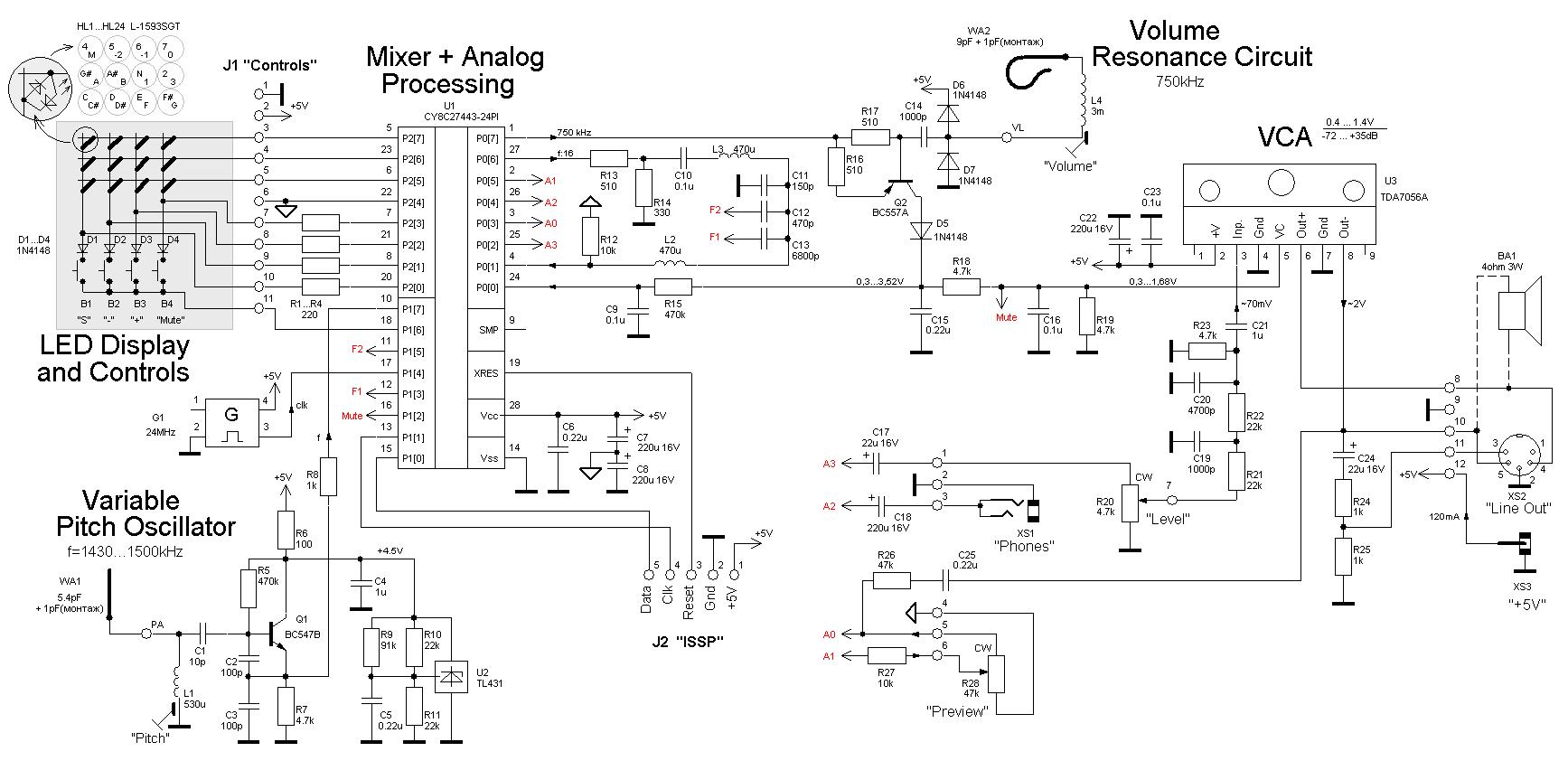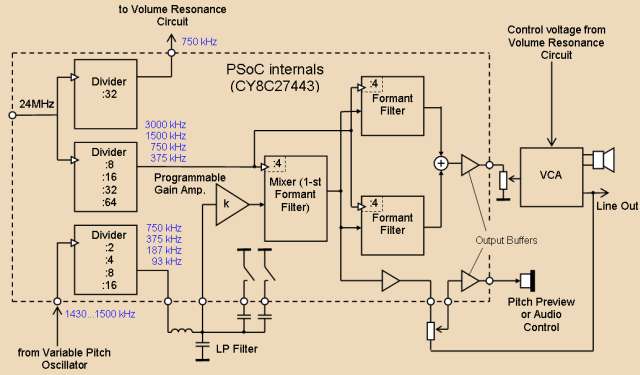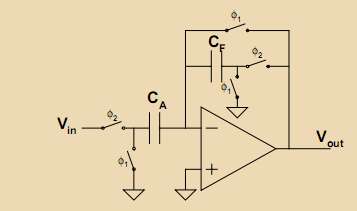Another fantastic build and fantastic article ILYA! Thank you for sharing it with us and the world! If only I could have read your articles when I was first starting out. Even in Google translate it is quite clear, it must be even clearer in Russian. And it's a cover story! Who is the woman playing it?
It was very nice of you to dedicate it to FredM and his Theremin efforts with the PSoC, he was so free with his knowledge and time, and was a really great guy. And the Peter Pringle quote at the end is a nice touch!
The inside looks really neat and spare, and this seems to be the case often when concentrating functionality in one big chip. I remember looking at the PSoC when they first came out (I think a Cypress rep pointed me to them) but couldn't think of a use for them at the time. You've managed to stuff axis processing, tuner, pitch preview, formants, and even presets in there, which is pretty amazing! (Presets open up a whole new world, and become more and more mandatory as the audio synthesis path grows beyond simple waveform shaping and filtering.)
As you state in the article, FredM was using the PSoC mainly to detect and suppress the pitch region beyond null (dealing with this when everything is digitized is super trivial: zero out negative differences), and it's rather surprising he didn't use it for other ancillary functionality.
It's interesting (but perhaps not surprising in retrospect) that supply coupled internal interference is stronger than electrical activity happening in the volume and pitch fields, and I believe this has been my experience too. Which is a good thing, because one can deal with it easier than "hiding" things from the fields via shielding.
Strange how the editors injected their own views into your article, that must be rather frustrating. Particularly with the topic of coil self capacitance! I'm not sure I would be "correcting" an author who builds Theremins, who has thoroughly researched and quantified antenna-hand C as you have, and who almost certainly has a more intuitive grasp of these things.
I may have missed it in the article, but how exactly are you doing the heterodyning? Is it XOR or D-flop or something else?
Thank you also for providing the MP3 sound clips! You must get a lot of correspondence...
![]() ).
).





